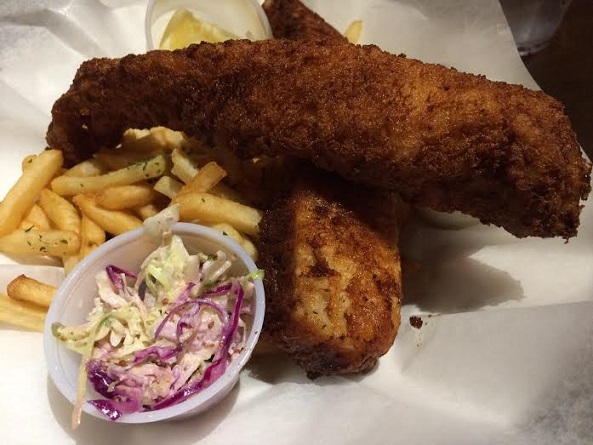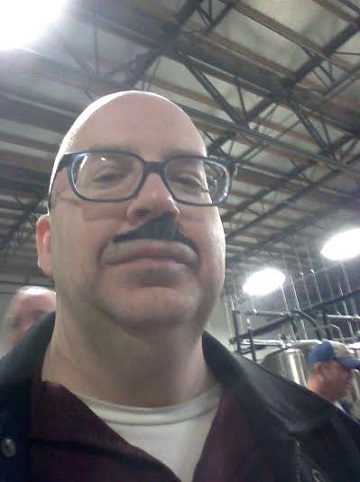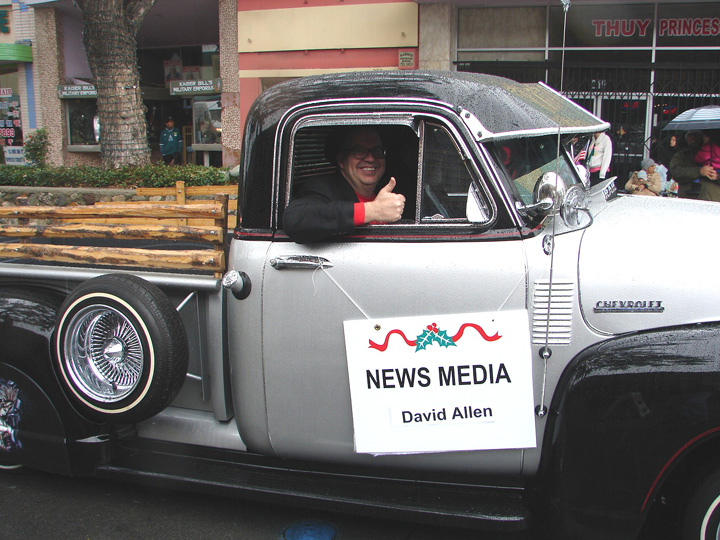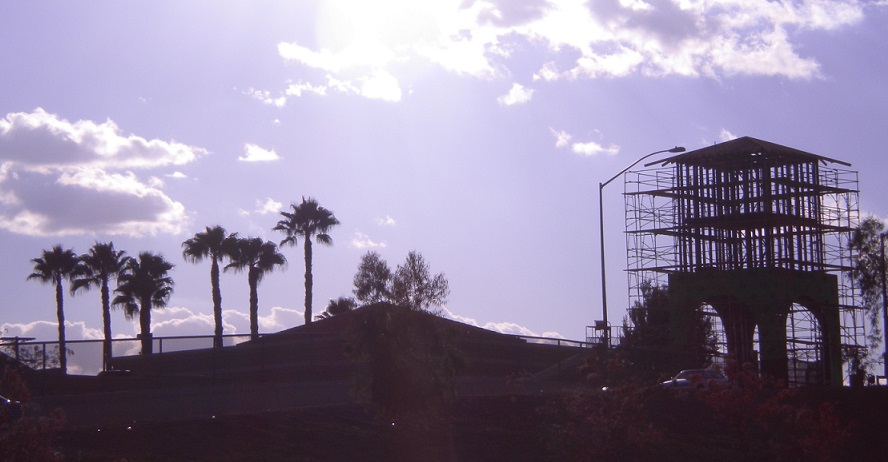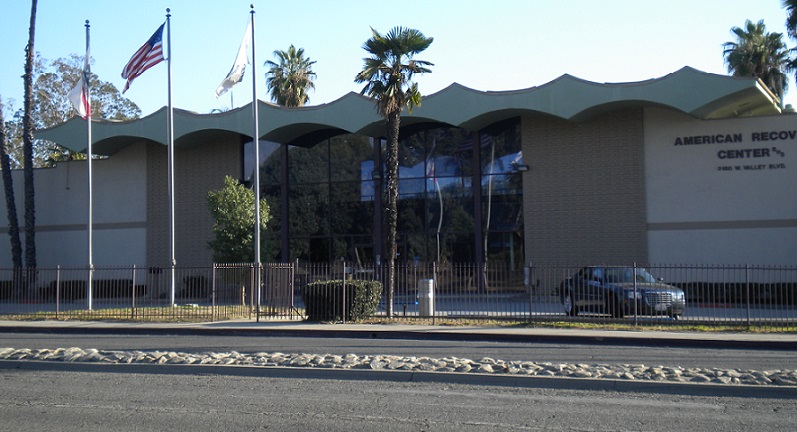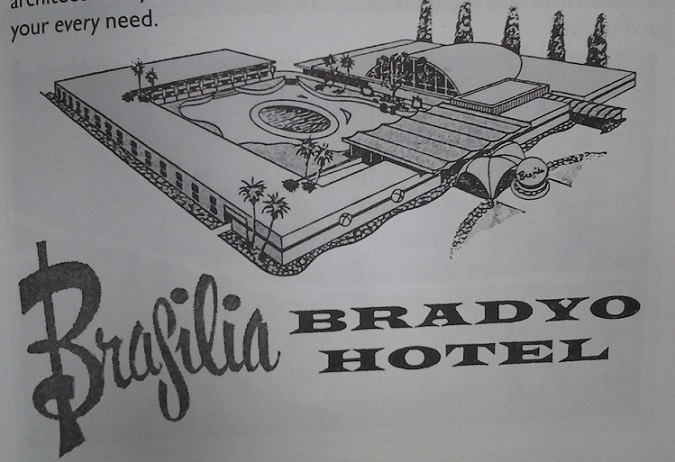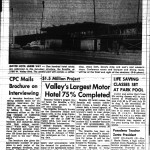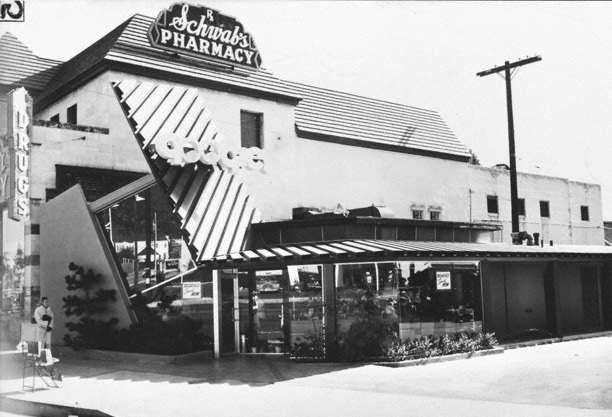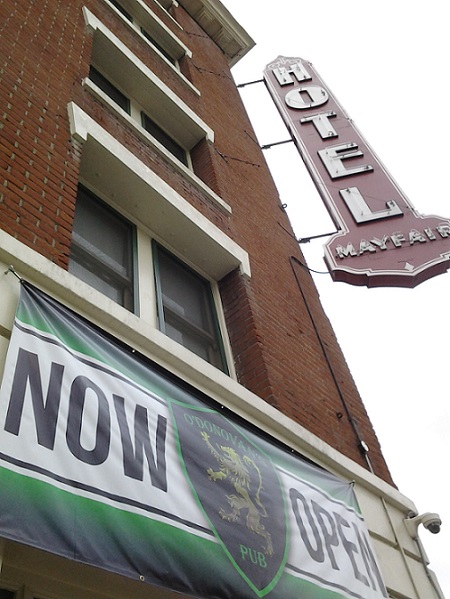
O’Donovan’s Pub, 101 E. Third St. (at Garey), Pomona
Located in the renovated Mayfair Hotel, cater-corner from the Fox Theater, O’Donovan’s has a great setting, a five-story brick hotel, with fire escapes yet, that dates to 1915. It’s now apartments for students at the nearby medical school. The Irish restaurant occupies the first floor, with the pub portion in the basement.
O’Donovan’s opened in September and the pub is said to be a big hit. Besides the bar, there’s pool tables and darts, a couple of cozy nooks to sit in and neat vintage-style beer signs.
The restaurant portion is quieter, but it’s received strong ratings on Yelp, where it currently has 4 1/2 stars. A friend and I met up for a late lunch/early dinner last month; at 4 p.m., it wasn’t a surprise we were the only diners. (By the time we left, another table was occupied.) The interior has a lot of brick, exposed pipes and hipster Edison bulbs. Our server was friendly and assured.
The menu has sandwiches and salads; entrees range from $12 to $32 and include fish and chips, corned beef and cabbage, bangers, salmon and a ribeye steak. They have 26 beers on tap and 30 in bottles.
I had fish and chips ($14), he had shepherds pie ($15), and we shared beer-battered onion rings ($4). He had a pint of Black Butte ale ($6).
The rings were excellent. The shepherds pie, besides mashed potatoes, peas and carrots, has the traditional lamb. I’m not sure how a shepherd would feel about that, but my friend was impressed. My fish was okay but the batter tasted over-fried. I’ve had worse, but I’ve had better at the Heights in Upland.
Four friends dined there recently and had shrimp pasta, fish and chips, a quesadilla (!) and mac and cheese. None of them were dissatisfied, but none was enthusiastic either.
Well, it’s another option downtown, better than some, and it’s open until 2 a.m. daily, although food service stops earlier than that. They also have brunch on weekends. I expect I’ll go back when I’m downtown. It’s well-situated and pleasant, and they’re trying.
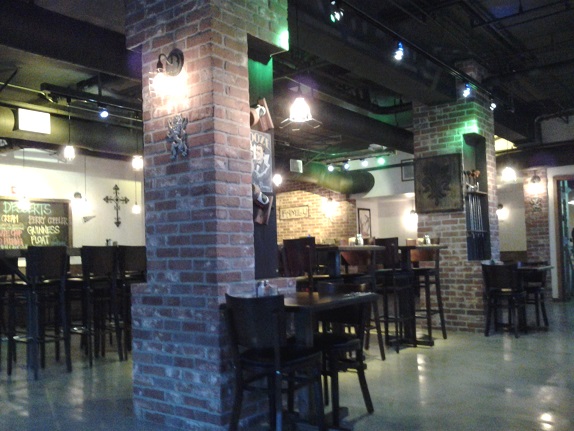
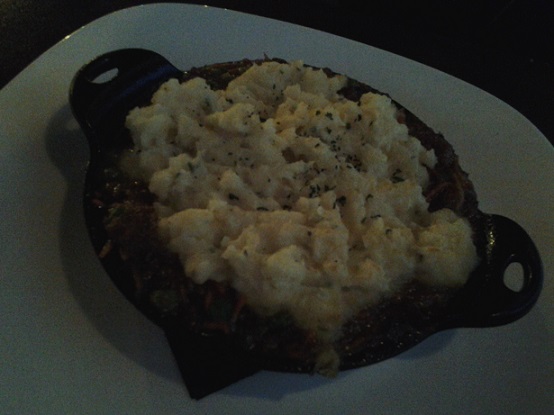
*Update: I’ve been back a couple of times, got the fish and chips on my most recent visit in January 2016, and thought it was quite good.
